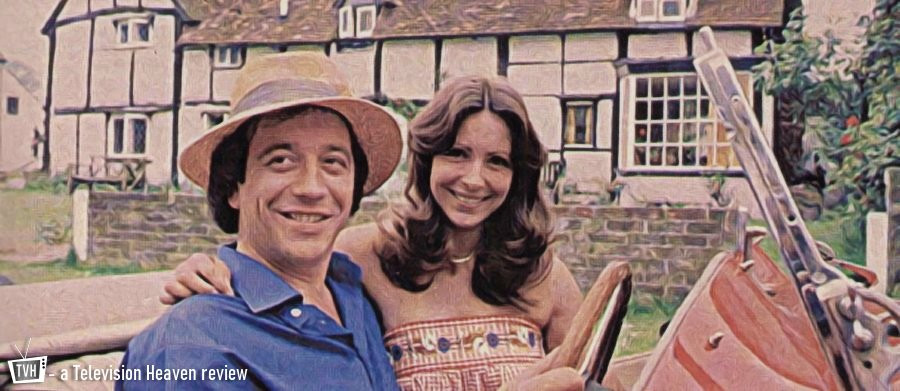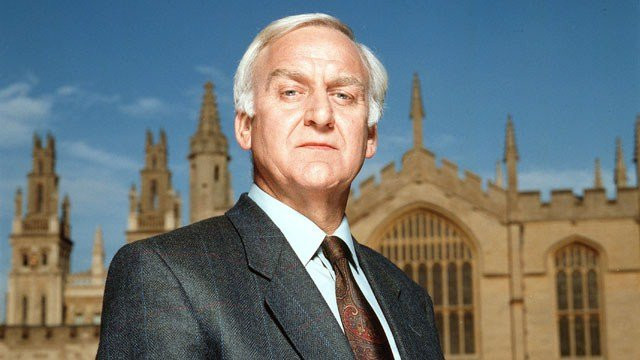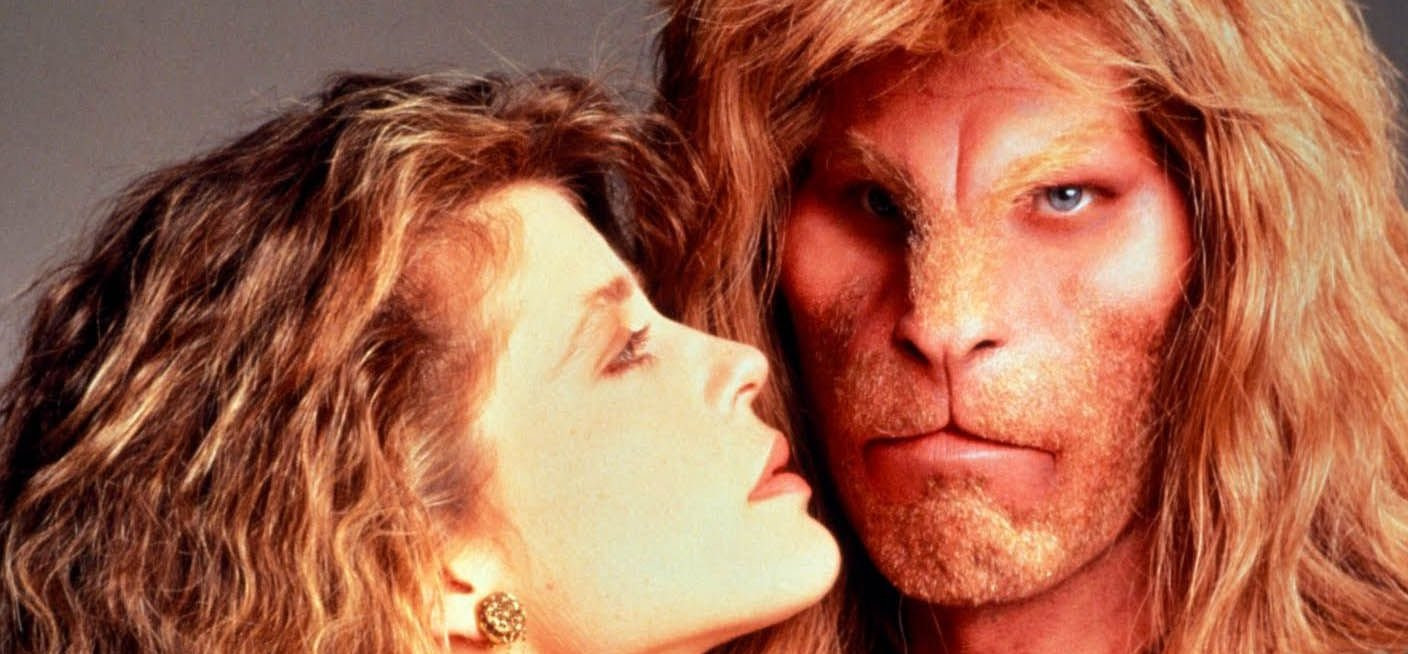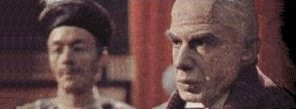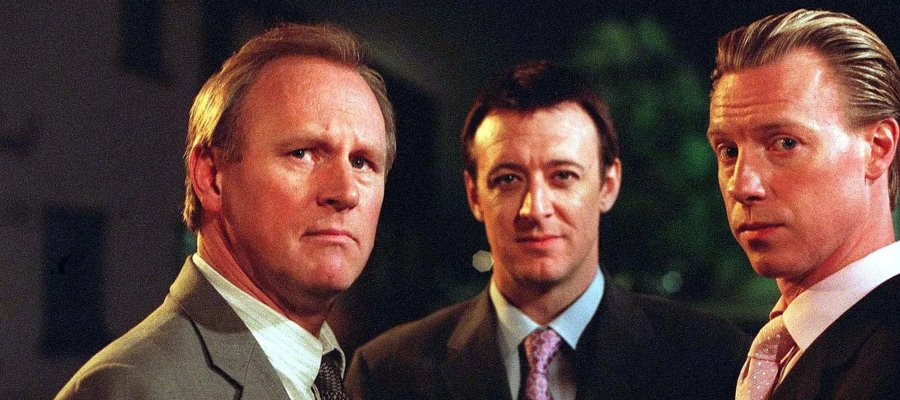
The Ruth Rendell Mysteries
1987 - United KingdomThe Ruth Rendell Mysteries remains one of ITV’s most distinguished forays into crime drama, a series that skilfully translated Ruth Rendell’s sharp psychological insight to the screen. Its early years, under the banner of The Inspector Wexford Mysteries, were anchored in Rendell’s long-established literary world. Chief Inspector Reginald Wexford, who first arrived on the page in From Doon with Death in 1964—famously “born at the age of 52”, according to his creator—made his television debut in 1987 in Wolf to the Slaughter. This four-part pilot, produced by John Davies and adapted by Clive Exton, established the tone and structure that would shape the programme for years to come.
George Baker, then 55, proved an inspired piece of casting. Rendell herself, who based aspects of Wexford on her own personality, admired Baker’s interpretation, praising his ability to elevate the character beyond what she had originally imagined. His portrayal of the well-educated but often irascible detective gave the series much of its texture, particularly as it charted Wexford’s domestic life with wife Dora (Louie Ramsay, later Baker’s real-life spouse) and his professional partnership with DI Mike Burden, played with quiet intensity by Christopher Ravenscroft.

The series also boasted a veritable who’s who of British stars in guest roles; among them were Peter Egan, Amanda Redman, Idris Elba, Tom Wilkinson, Imelda Staunton, Leslie Phillips, Russell Hunter, Peter Capaldi, Christopher Eccleston, Keith Barron and Eleanor Bron.
Filmed primarily in Romsey, Hampshire, though set in the fictional Kingsmarkham, the series initially followed the visual style John Davies had used for his PD James adaptations. As its success grew, the production shifted to shooting on film to achieve a more polished, pacey aesthetic. Wexford’s world expanded accordingly, with later stories unfolding not just in Sussex but in London, on the Continent and even in China.
Across its first six series—fifty-five Wexford-centred episodes in all—the programme remained devoted to Rendell’s principal detective. The cases were intricate and psychologically driven, filled with tangled motives, fractured families and the murk of suppressed secrets. The drama often intertwined professional investigation with personal narrative: Burden’s early married life, his bereavement, and eventual remarriage to Jenny Ireland (Diane Keen) added emotional depth to the procedural rhythm.
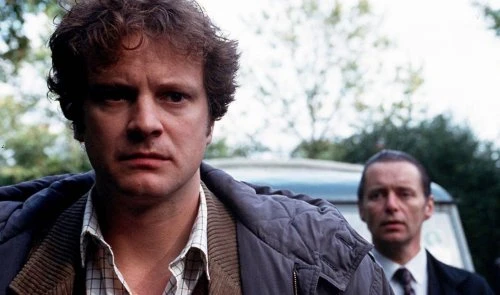
From the mid-1990s, however, the format broadened. With Wexford appearing only sporadically in 1996, 1998 and 2000 (those instalments broadcast simply as Inspector Wexford), the umbrella series turned increasingly to Rendell’s short stories and standalone novels. Adaptations such as The Strawberry Tree, Going Wrong and The Lake of Darkness demonstrated the versatility of Rendell’s oeuvre, with actors including Simon Ward, James Callis and Jerome Flynn taking centre stage. This shift culminated in series seven, which featured no Wexford at all; instead, figures such as Steven Whalby—played by Colin Firth—carried the dramatic weight.
Even with its later diversification, the heart of the franchise remains the early Wexford years. The fusion of literary fidelity, strong performances and a commitment to exploring the psychology of crime ensures that The Ruth Rendell Mysteries still stands as a thoughtful, often unsettling counterpoint to more formulaic detective drama. It is a series that respects its source material—no small feat given that Rendell sold some 20 million books—and one that continues to reward revisiting.
Seen this show? How do you rate it?
Seen this show? How do you rate it?
Published on November 14th, 2025. Written by Laurence Marcus for Television Heaven.


